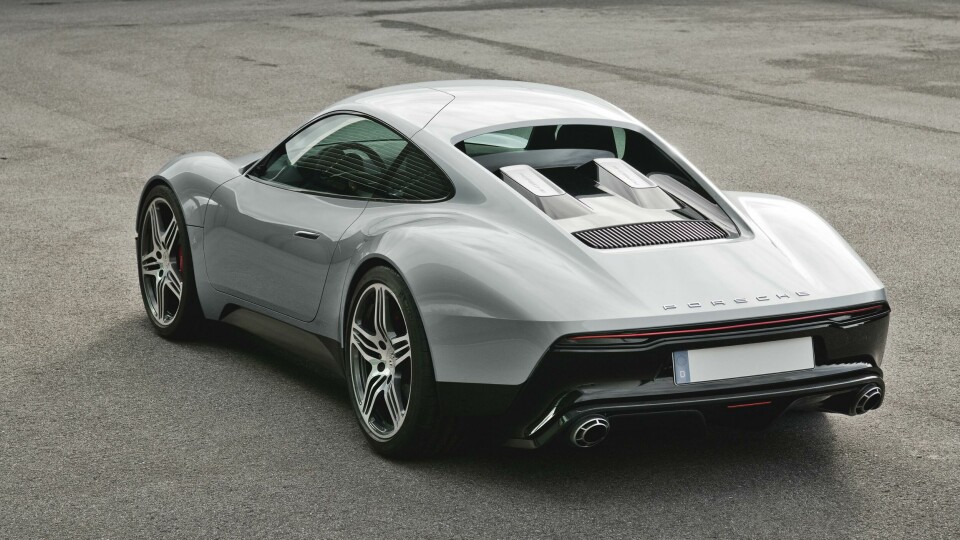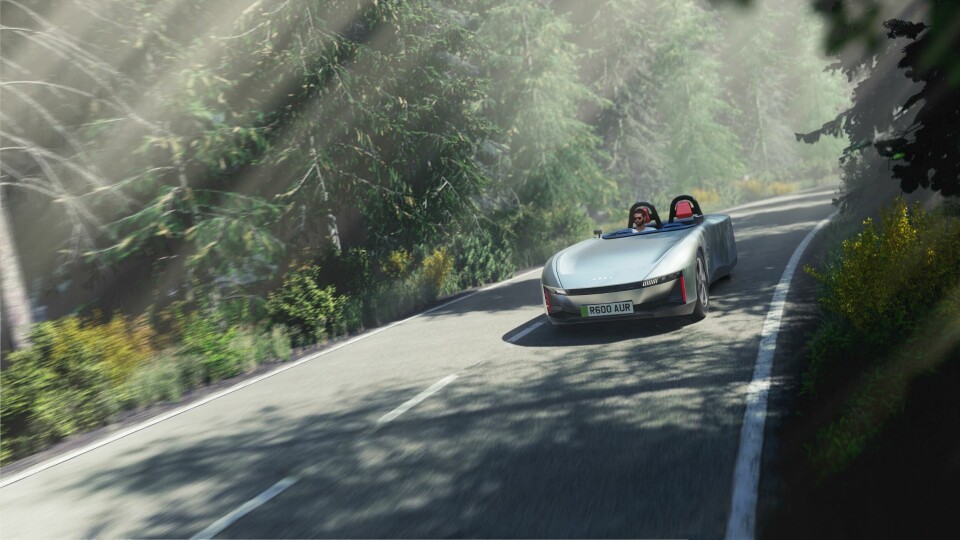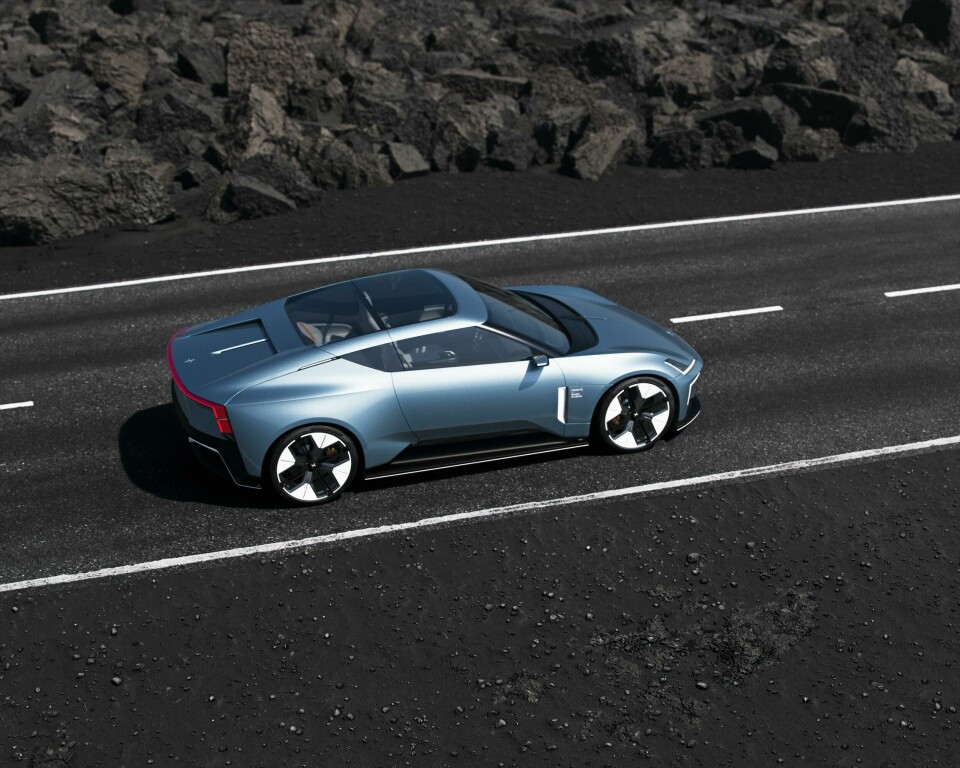
What is the future of the sports car?
Sports car design is in flux, with various trends changing how designers may need to approach upcoming vehicles. We caught up with several designers to discuss the main challenges and opportunities ahead
The sports car is all about speed, agility and the visceral experience of driving – the sounds, smells and vibrations as the horizon rushes towards you. It’s also about making a statement, with designs that make everything else on the road look a little vanilla.
But it’s no secret that the industry is in flux – electric powertrains are levelling the playing field, meaning engine size is no longer a differentiating factor. At the same time, automakers are under pressure to eke every last mile out of their battery packs, pushing aerodynamics and efficiency up the list of priorities. Those battery packs aren’t light either – some can weigh as much as a grand piano – and all this doesn’t exactly lend itself to the idea of a nimble sports car.
So, in a world where everything is electric and everything is fast, how does the sportscar stand out? Are designers under pressure, or has an exciting new world of opportunity just presented itself?

Karsten Astheimer, founder of Astheimer design, the studio behind the Aura concept, says there is plenty of life left in the sports car yet and that electrification is not quite the hurdle it may seem.
“Peoples’ love of driving will not go away, but the experience of driving and EV drivetrain is quite a different experience to an ICE engine,” he explains. “There is the opportunity of bringing back a sports car similar to sports cars of the 60s, like the Aston Martin DB5, the E-type, the Triumph Spitfire and TR6, or the Alfa Spider, for the pure joy of driving, on beautiful roads through beautiful places.”
Marcus Syring, Head of BMW M Design, suggests that – looks aside – handling has always been the primary selling point of a sports car. They might be quick in a straight line, but so are many other cars, even SUVs. The sports car is one of the few vehicles below the supercar and hypercar stratosphere that can mix it as well on the track as it can on the road. This will not change with EVs.
”Designers must be brave, make something that is different and will last the test of time”
“Great sports cars are not simply about acceleration off the line or maximum speed. It is about agility, the thrill of driving and the overall experience of being in a sports car,” Syring observes. “Electric cars have such great acceleration and will be fast longitudinally – perhaps going close to 0-100km in two seconds, but there comes a point where your body can’t stand those kinds of forces anymore. This will mean that latitudinal speed – or handling – becomes more important. Manufacturers are looking for their own ways to deal all this, and I still believe there is a future for sports cars.”
And with cars becoming increasingly slippery in a bid to boost electric driving range, will radical designs eventually make way for bullet-shaped badges on wheels? Will beauty be sacrificed for efficiency?
“If a vehicle is designed only for aerodynamic efficiency then yes, we may end up with quite generic teardrop looking vehicles, but there are many aspects of efficiency, including the optimisation of the vehicle architecture, where EVs offer much better packaging flexibility,” says Astheimer. “So although extremely important, I think that most vehicles will be optimised aerodynamically rather than designed solely for aerodynamic efficiency.” He points out that “beauty is subjective” and challenges designers “to be brave, make something that is different and will stand the test of time.”

Does the DNA of the sports car remain the same regardless of the powertrain, then, and are there ways to create an exciting driving experience without a combustion engine? Perhaps it becomes more about the digital experience and how technology can create new sounds and visual thrills.
“Designers will have to adapt a new ritual that is suited for EV platforms and make the most of energy source,” suggests Pontus Fontaeus, Executive Design Director, GAC Advanced Design Los Angeles. “For instance, instead of the joy of turning the ignition key and listening to the Weber carburettors there will be an instant electrifying feedback, like a tube amplifier, for example.”
For now, concepts and models that are nearing production indicate there is clear interest in an electrified sports car. There is the MG Cyberster, for example, and Polestar recently confirmed it would be bringing the 02 concept to market as the Polestar 6. The recently revealed Dodge Charger ‘Banshee’ is a slightly different kettle of fish to both, but is still an indication that an electric future does not spell the end for cars with sporting tendencies.



